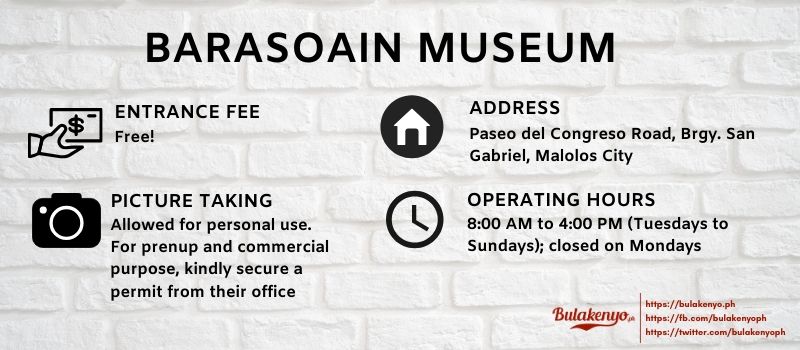Last Updated on May 4, 2020 by Ayesa Lubag
Barasoain Museum in the City of Malolos. — We live in an era that constantly urges us to focus on the present, keeping our attention locked on the here and now. But amidst this fast-paced reality, why does learning from the past still matter? How can rapid technological advancements not only shape our present but also deepen our understanding of history?
During our recent trip to Malolos, Bulacan, I was impressed by the modern approach taken by the Barasoain Museum—also known as the Museo ng Republika ng 1899—to engage audiences in exploring history. The National Historical Commission (NHC) harnessed the power of technology to transform the museum experience, introducing digital upgrades during the 114th commemoration of the Malolos Congress.
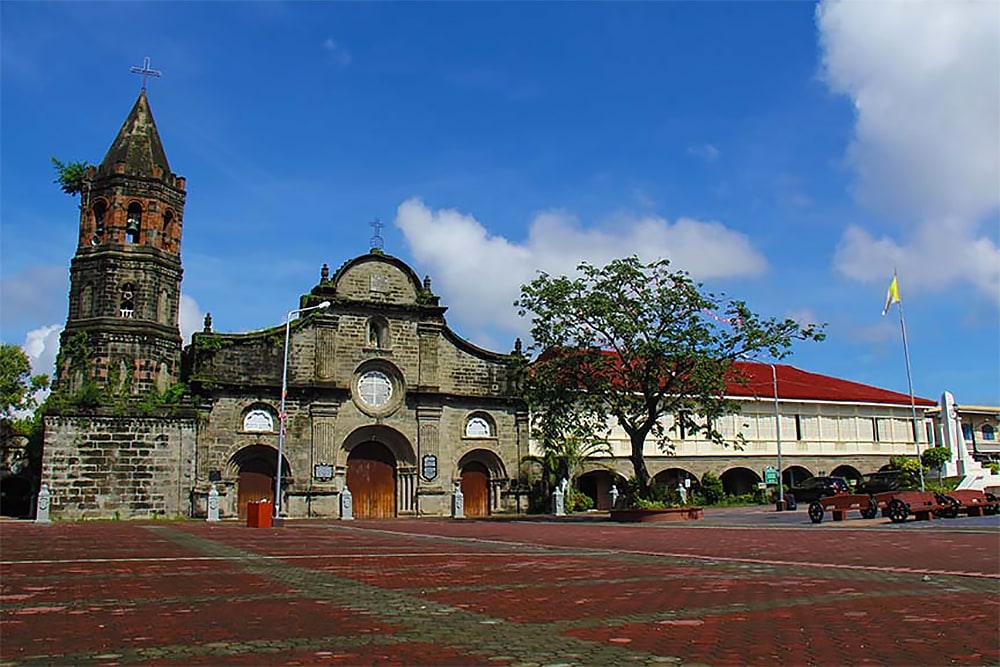
The interactive museum is dedicated to making rich historical data accessible to both local and foreign researchers, as well as cultural tourists. It provides a comprehensive explanation of how the Malolos Congress was promulgated in 1898. Featuring a range of interactive digital displays, the museum also offers students and visitors the opportunity to engage in a Philippine Revolution history quiz.
The Barasoain Museum Galleries
The Barasoain Museum features five galleries. Gallery 1, “Sigaw ng Kalayaan”, immerses visitors in the struggles of Filipinos who endured over 300 years of Spanish colonization.
While the first gallery highlights the oppression and hardships faced under colonial rule, Gallery 2, “Watawat ng Kalayaan”, shifts the focus to freedom. It presents key facts about the proclamation of Philippine independence and the decrees of the revolutionary government.
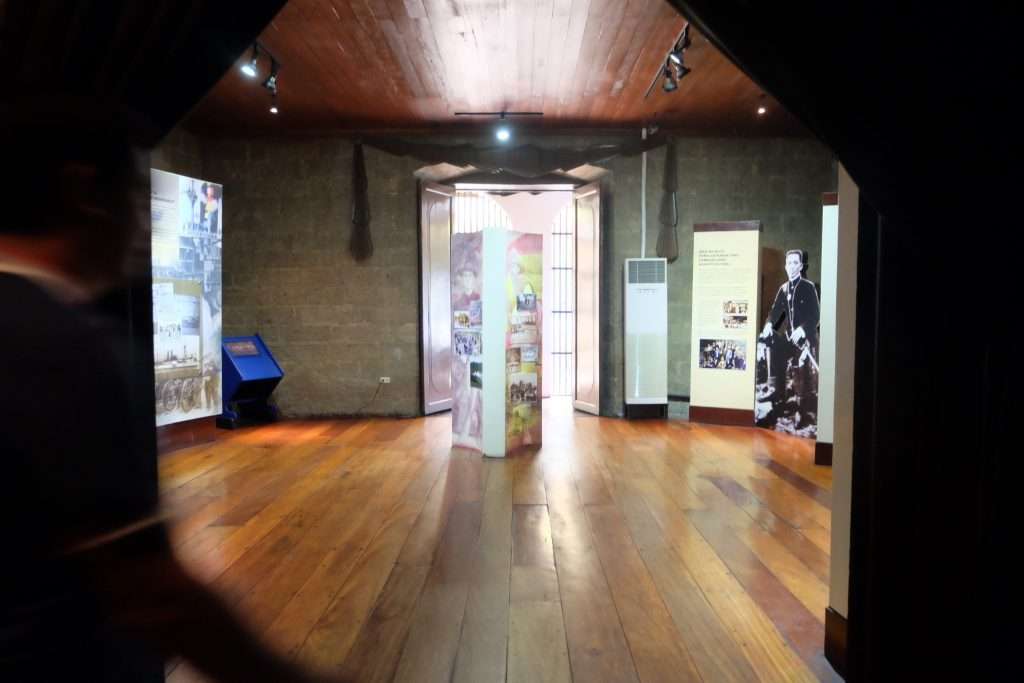

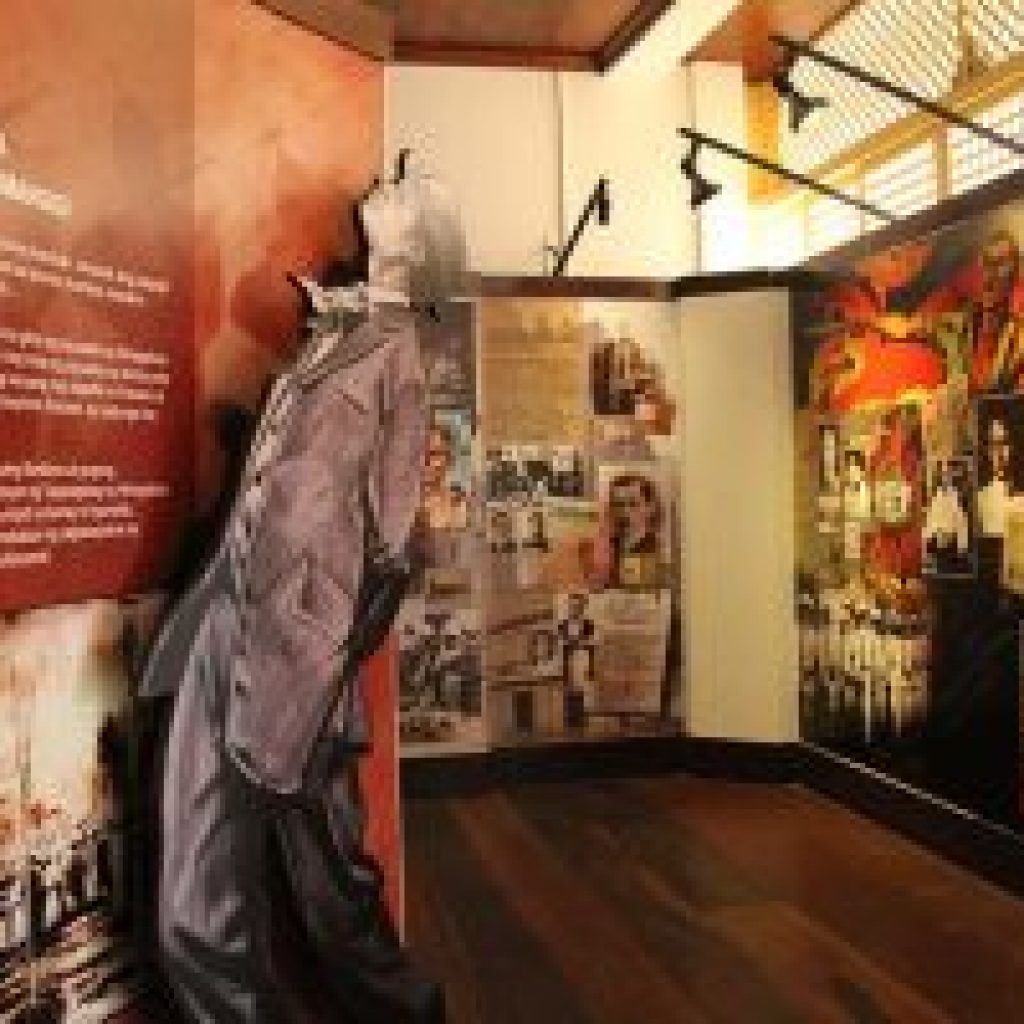
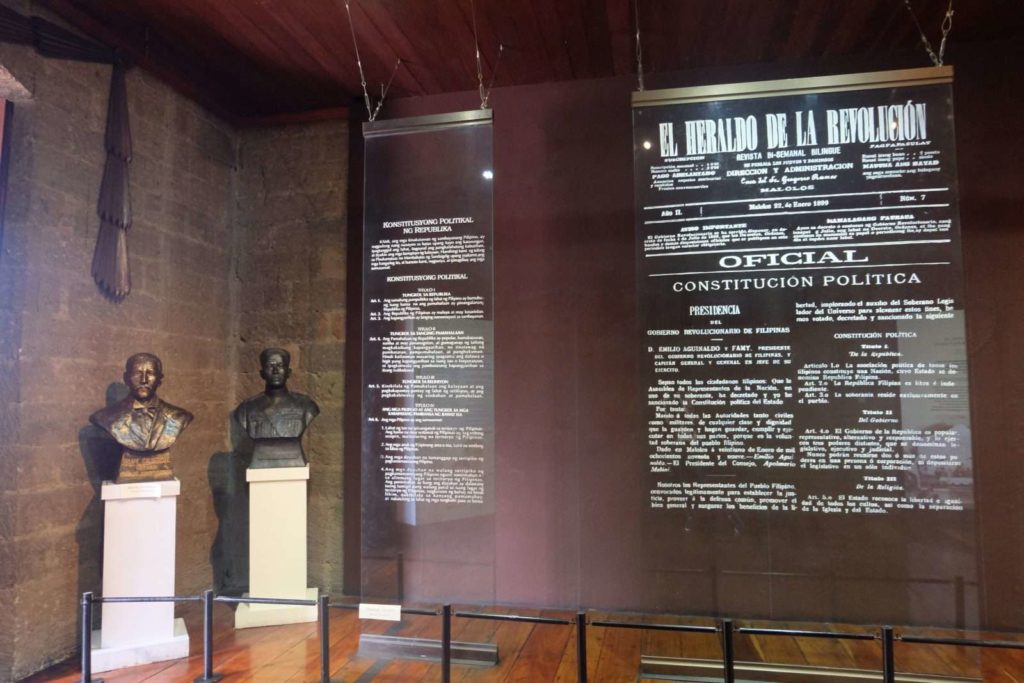
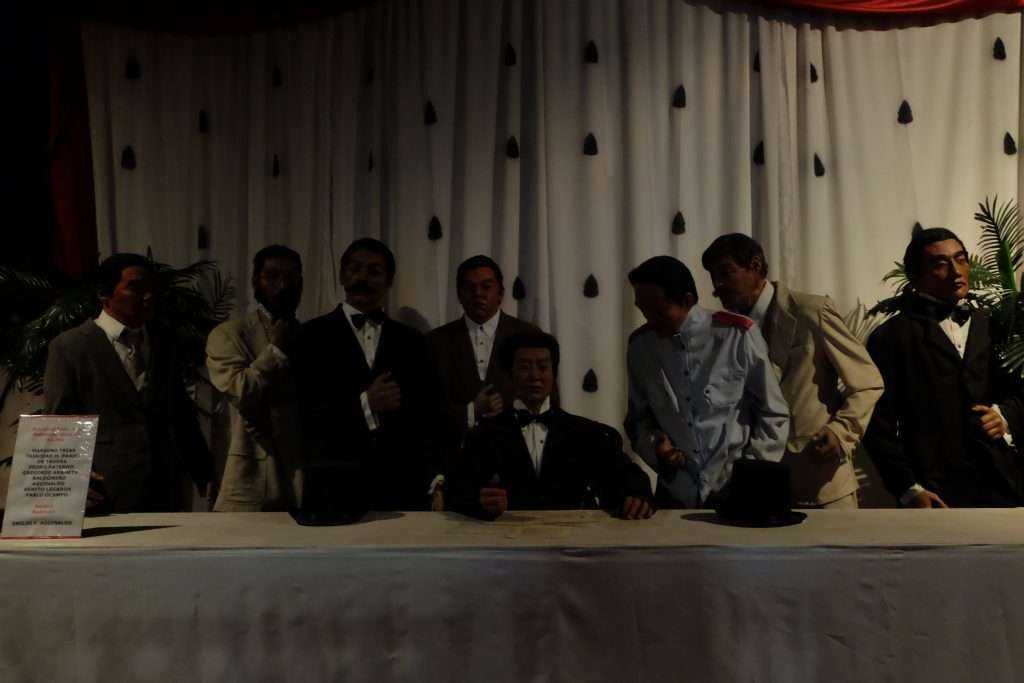
In Gallery 3, “Pagtindig ng Republika”, visitors can watch a seven-minute light and sound presentation on the Malolos Republic, featuring a life-sized diorama of key historical figures. One of the pivotal events highlighted is the assembly of the first Philippine Congress by President-elect Pedro Paterno on September 15, 1898, inside Barasoain Church. While in Gallery 4, “Saligang Batas at Pinunong Kinatawan”, honors the proponents of the Malolos Constitution, including Felipe G. Calderón, one of its principal authors. And, lastly, Gallery 5, “Pagtatanggol sa Republika”, illustrates how Filipinos defended the First Republic against the threats posed by American colonizers.
Technology has the power to transform learning through an interactive approach. By moving beyond traditional exhibits, museums can leverage digital innovations to enrich the visitor experience. The historical and cultural treasures of the Malolos Congress are now on display in an interactive museum beside the historic Barasoain Church, where the Philippine revolutionary government was first convened 114 years ago. Visit the Barasoain Museum today!
